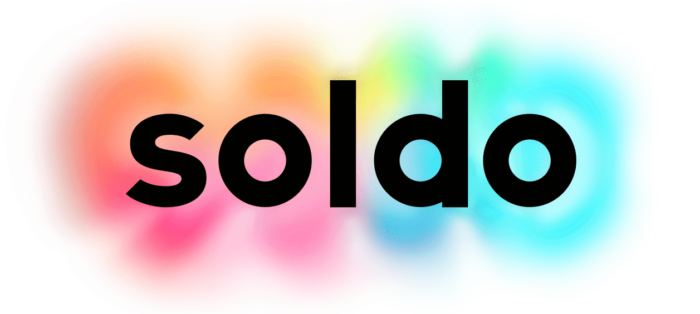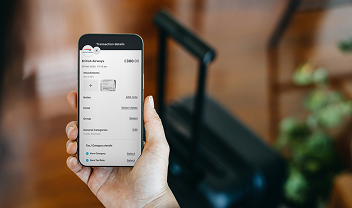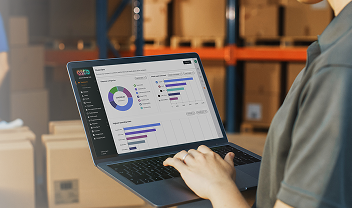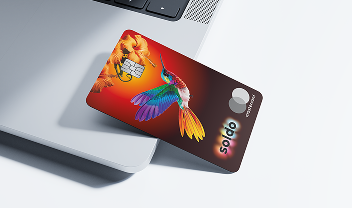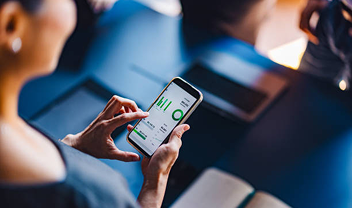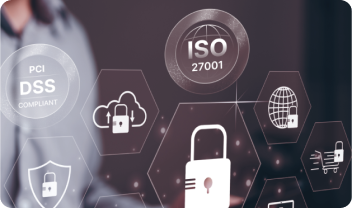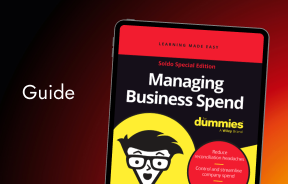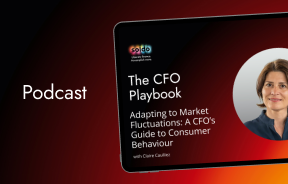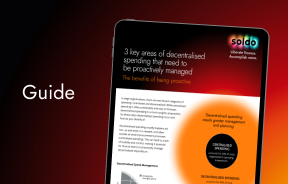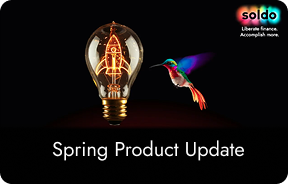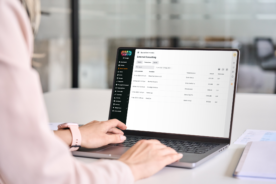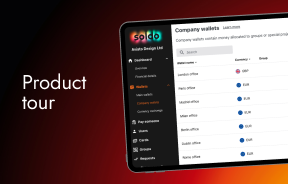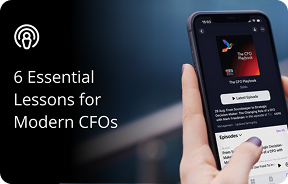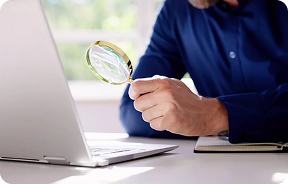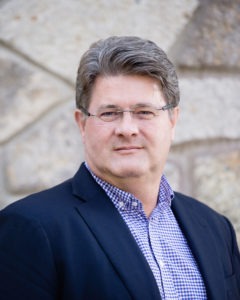We can’t get into the exciting ideas behind the Marco Polo network without a quick explanation. So what is the problem you solve?
Trade is the lifeblood of the modern global economy. Each year, trillions of dollars in goods, assets, credit, and money change hands. But the financial systems that manage those trade flows are complicated, old and straining under the weight of increasingly complex supply chains. They’re inefficient, sometimes even paper-based; and many of them have not improved for centuries. That creates bottlenecks, cost and risk.
The Marco Polo Network is working with financial institutions, corporates and technology partners to cut the cost of finance trade, using new technologies like blockchain. The partners include everyone from banks (ING, NatWest, Bank of America), consultancies (Accenture), tech firms (Microsoft) and corporates (Daimler, MAN, Logwin).
Marco Polo is a network to make trade finance smoother, more efficient and more transparent.
What sort of technologies are making that smoothness possible?
The real driver for these companies is being able to digitise. The ideas, today, sound very simple:
- An acceptance of cloud infrastructure, where not everything is managed in-house including APIs to share data.
- Blockchain, from the point of view of a distributed ledger: a shared view of the truth which is immutable across multiple participants.
Next year, we will look at AI to provide better intelligence across the network.
“We’re at the same stage as when Apple first launched the iPhone. The infrastructure is great, but it’s useless without some apps. Apple didn’t launch with just one app, they had everything from a compass to email; and then they allowed third parties to develop their own. We are doing exactly the same.”
Lots of people have started trading networks. Just look at Ebay. But you call Marco Polo a “Network of Networks”. What does that mean?
We’re at the same stage as when Apple first launched the iPhone. Our distributed ledger technology (DLT) network is great, but it’s useless without some apps that will give banks and other organisations a business benefit. Apple didn’t launch with just one app, they had everything from a compass to email; and then they allowed third parties to develop their own. We are doing exactly the same: we’re building our own trade finance apps and allowing other developers to use the network too to share their apps.
We have prioritised the applications which will help grow our network the fastest. And the two main groups that can drive our network are banks and corporates. The way in which banks connect to their corporate clients means valuable trade data is often trapped in different siloed applications, making it hard to collaborate and even harder to verify. Large corporates have massive supply chains and customer bases who rely on this data. Our applications – Payables Finance, Receivables Discounting, Payment Commitment – are all first steps in meeting those trading needs.
We have had to develop a value proposition which works for everyone, from a company’s smallest supplier to their largest, no matter what their geographical location. We address issues like the jurisdictional residency of data, privacy and the immutability of every transaction on a single platform. Everything we do is inclusive, designed to benefit everybody.
On top of that, there are third parties that provide tremendous extra value. For example, we’re working with Pole Star. The partnership between Pole Star and the Marco Polo Network provides a fully automated vessel sanctions screening solution to the network’s member banks, their corporate clients, and the extended trade ecosystem. It allows organisations to increase the capacity and velocity of their transactions, whilst facilitating rapid decision-making in trade finance.
And like the App Store, the way to drive traction is for third parties to start providing services as well?
Exactly. We’re not providing the credit insurance services ourselves. We’re just connecting them to the network. Like Apple, we provide the governance environment. That’s why we’re spending a lot of time looking at the core standards for transactions, and then helping companies build on those standards for whatever they may want to share with another participant.
Let’s talk about blockchain. It’s at the heart of the Marco Polo Network.
Blockchain above all gives us the distributed ledger. It’s the principle that there is one version of the truth, kept secure by being distributed among the participants on the network.
But blockchain wasn’t the hardest thing for us to do. The hardest part was the cloud environment – provisioning millions of nodes and platforms are managing them across the globe on multiple cloud infrastructures. Plus, some large companies and banks don’t want a cloud, so we had to look at on-premise technologies at the same time – all at a price point which still works for an SME.
Blockchain is what allows us to do that; to make transactions private, without creating additional price or performance friction, while at the same time, creating one source of the truth. Blockchain ensures that what every actor in the transaction sees is the same, reducing the risk of documents being tampered with or one party looking at an outdated ledger.
Blockchain has had its teething problems. It was overhyped. In the early days, there were some crazy proofs of concept from some businesses. But even the crazy ideas were actually useful, because you’ve got to experiment with something to understand where it should fit. Today, serious blockchain applications are emerging, and we’re right at the heart of what blockchain is best at: cutting the cost of individual transactions and the records that they need to create.
Just as importantly, anyone trying to deliver trade with an old-style, centralised platform has got all sorts of problems on the horizon. Eventually, they will be hacked. There’s no doubt in my mind of that. Centralised security is going to be pretty much impossible in the future – just look at how quantum computing promises to make traditional passwords obsolete.
That brings me to risk. Banks are naturally risk-averse. And they have plenty of money to develop new technologies themselves. Many people reading this will be startups wanting to work with large organisations. How do you get banks to get involved in a blockchain startup?
It’s got nothing to do with technology at the outset. There has to be trust. We have a great list of partners, and that helps. But above all, it’s the people here. They’ve done this sort of thing before. They know what they’re talking about. And they are doing work which will add clear value.
Then, we get to the technology. We have had to demonstrate that we are offering technology that banks feel they can get comfortable with.
Finally, and this is the business case, we have had to make sure we answer clear drivers for our customers. Most banks’ existing systems right now, even the ones that come off-the-shelf, are really not fit for purpose in the modern world. And it’s important to make those changes with a very experienced team with a proven track record, working in partnership with some of the largest technology companies in the world.
Yes, we’re a startup, but we like to think that the sum of those parts is far greater. We have the partners, the knowledge and an understanding of what a bank or corporate is looking for and the problems that they face.
One of the things our team is most proud of is the security. Because we spent so much time building the underlying robust network and security infrastructure; security and risk are some of the easiest conversations we have with the compliance people in banks.
Where are you today, in terms of a product?
The network works perfectly today. We’re conducting User Acceptance Testing on our first products with banks right now. And our first live transactions will be happening in the coming months.
Important for us, though, is that we can operate at scale. We can spin up close to 500 applications per hour, globally. We can handle thousands of peer-to-peer state transactions* per hour. No one else can do that.
*Computing for dummies:
- Stateless or query transaction: asking the network for information, i.e. reading. Much simpler than…
- State transaction: a transaction where the state of the network changes, i.e. writing.
But that’s just the start, and the objective remains the same: to drive cost and risk out of financing trade.
“Anyone trying to deliver trade with an old-style, centralised platform has got all sorts of problems on the horizon. Eventually, they will be hacked. There’s no doubt in my mind of that. Centralised security is going to be pretty much impossible in the future – just look at how quantum computing promises to make traditional passwords obsolete.”
Who else is getting blockchain right?
After many false starts, there are a lot of enterprise applications in development. The insurance industry is starting to understand blockchain for sharing information on risk. Some logistics providers are also starting to make headway. More under the radar, I also think that many corporates are beginning to use the application of blockchain internally; for example managing records between different subsidiaries or global operations.
TradeIX, the company behind the Marco Polo network, is headquartered in Ireland. Why did you choose Ireland?
Our headquarters is in Dublin, and we have offices around the world: Singapore, the UK, the US, and Germany. But our operations, network, architects and engineering are all based in Ireland. The majority of our product team are there, too. The reason is simple: it’s a superb source of talent. Ireland is full of enthusiastic, experienced, very well-educated individuals and it’s been a fantastic choice for us.
That also means you’re in competition with some of the largest global technology businesses. How do you compete to attract the best?
It’s a full-time effort. We recruit at local universities, we use a lot of social media too. It is a tight market for talent, but frankly, up until COVID-19, it was a tight market for talent everywhere. And if you want to build a truly world-class organisation, talent is a big issue across all aspects of the business, not just in development but also in sales, marketing and the rest. We just try to find the best talent because what makes and keeps us unique is our people and how we work together.
 Managing Business Spend For Dummies:...Spend management can make the...
Managing Business Spend For Dummies:...Spend management can make the... Adapting to Market Fluctuations: A...Nestle's Claire Caulliez looks beyond...
Adapting to Market Fluctuations: A...Nestle's Claire Caulliez looks beyond... The key to managing decentralised...Large enterprises have overcome centralised...
The key to managing decentralised...Large enterprises have overcome centralised... Managing Business Spend For Dummies:...Spend management can make the...
Managing Business Spend For Dummies:...Spend management can make the... Adapting to Market Fluctuations: A...Nestle's Claire Caulliez looks beyond...
Adapting to Market Fluctuations: A...Nestle's Claire Caulliez looks beyond... The key to managing decentralised...Large enterprises have overcome centralised...
The key to managing decentralised...Large enterprises have overcome centralised... Managing Business Spend For Dummies:...Spend management can make the...
Managing Business Spend For Dummies:...Spend management can make the... Adapting to Market Fluctuations: A...Nestle's Claire Caulliez looks beyond...
Adapting to Market Fluctuations: A...Nestle's Claire Caulliez looks beyond... The key to managing decentralised...Large enterprises have overcome centralised...
The key to managing decentralised...Large enterprises have overcome centralised... Managing Business Spend For Dummies:...Spend management can make the...
Managing Business Spend For Dummies:...Spend management can make the... Adapting to Market Fluctuations: A...Nestle's Claire Caulliez looks beyond...
Adapting to Market Fluctuations: A...Nestle's Claire Caulliez looks beyond... The key to managing decentralised...Large enterprises have overcome centralised...
The key to managing decentralised...Large enterprises have overcome centralised... Spring LaunchDigital innovation is reshaping every...
Spring LaunchDigital innovation is reshaping every... Bank Transfer AccessSoldo’s new feature gives you...
Bank Transfer AccessSoldo’s new feature gives you... Product TourSee how Soldo simplifies spend...
Product TourSee how Soldo simplifies spend... Spring LaunchDigital innovation is reshaping every...
Spring LaunchDigital innovation is reshaping every... Bank Transfer AccessSoldo’s new feature gives you...
Bank Transfer AccessSoldo’s new feature gives you... Product TourSee how Soldo simplifies spend...
Product TourSee how Soldo simplifies spend... Spring LaunchDigital innovation is reshaping every...
Spring LaunchDigital innovation is reshaping every... Bank Transfer AccessSoldo’s new feature gives you...
Bank Transfer AccessSoldo’s new feature gives you... Product TourSee how Soldo simplifies spend...
Product TourSee how Soldo simplifies spend... 3 signs your spend management...Struggling to find the right...
3 signs your spend management...Struggling to find the right... 6 essential lessons for modern...Modern CFOs balance strategy, innovation,...
6 essential lessons for modern...Modern CFOs balance strategy, innovation,... Combat Fake Receipts & Fraud...Combat AI-generated fake receipts with...
Combat Fake Receipts & Fraud...Combat AI-generated fake receipts with... 3 signs your spend management...Struggling to find the right...
3 signs your spend management...Struggling to find the right... 6 essential lessons for modern...Modern CFOs balance strategy, innovation,...
6 essential lessons for modern...Modern CFOs balance strategy, innovation,... Combat Fake Receipts & Fraud...Combat AI-generated fake receipts with...
Combat Fake Receipts & Fraud...Combat AI-generated fake receipts with...